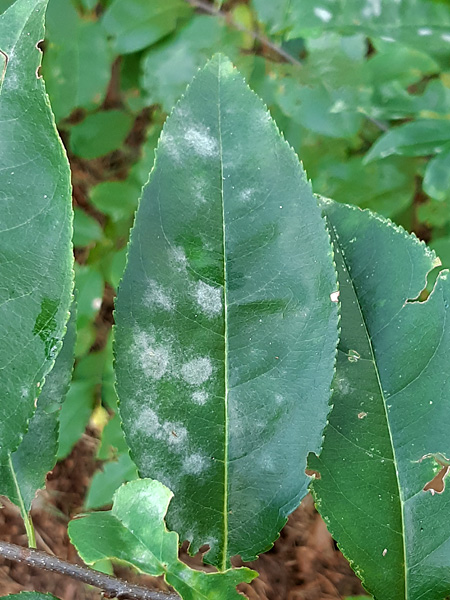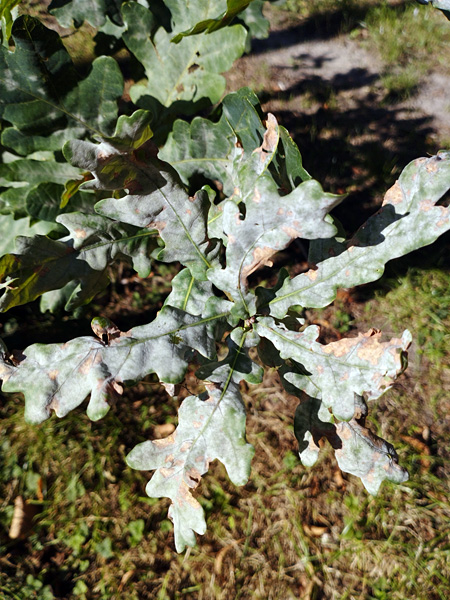Szaferomyces pliocenicus: the first fossil fungus showing close resemblance to modern powdery mildews (Erysiphaceae)
Fungi are heterotrophic organisms, which means that they feed on organic compounds that they do not produce themselves. They include both saprotrophs (feeding on dead organic matter) and parasites of plants and animals. Many fungi are plant pathogens that cause significant crop losses and thus contribute significantly to the world's food shortage. For this reason, their study, including learning about their prehistory, is so important.
One of the most common fungal plant parasites are powdery mildews (Erysiphaceae). They form a characteristic white, powdery coating on plants (hence the name of the whole group). Although these fungi are common in a variety of environments, no reliable fossil remains have been known so far. Thanks to the researchers from our Institute, Grzegorz Worobec, Marcin Piątek and Elżbieta Worobiec, our knowledge has been enriched by the first description of a fossil fruiting body (chasmothecium) belonging to a fungus very similar to modern powdery mildews. Scientists came across its remains during palynological studies of Pliocene deposits of Mizerna (Orawa-Nowy Targ Basin). In honour of the outstanding Polish botanist and paleobotanist, the first director of the Institute (1953–1960), Professor Władysław Szafer, the fungus was named Szaferomyces pliocenicus G. Worobiec & M. Piątek. It is worth mentioning that the description of the new species of the fossil fungus coincided with the 70th anniversary of the Institute of Botany, celebrated this year (i.e. 2023). W. Szafer PAN.
Due to the lack of significant diagnostic features (e.g. spores, appendage ends), as well as properly preserved DNA, which is typical for many fossil organisms, it was not possible to determine the relationship of the discovered fungus with modern powdery mildews. However, it was found that Szaferomyces pliocenicus is morphologically most similar to representatives of the genera Erysiphe, Neoerysiphe, Podosphaera and Salmonomyces.
More information in the original article:
Worobiec G., Piątek M., Worobiec E. 2023. Szaferomyces pliocenicus nov. gen., nov. sp. from the Upper Pliocene deposits of Mizerna (Poland), a fossil fungus showing close resemblance to modern powdery mildews. Geobios 79: 77–82. DOI

Szaferomyces pliocenicus fruiting body with well-preserved appendages.
Photo: Elżbieta and Grzegorz Worobiec

Padus serotina leaf infected by powdery mildew.
Photo: Marcin Piątek.

Rhus typhina leaf infected by powdery mildew.
Photo: Marcin Piątek.

Maple tree infected by powdery mildew.
Photo: Grzegorz Worobiec.

Oak tree infected by powdery mildew.
Photo: Elżbieta Worobiec.






